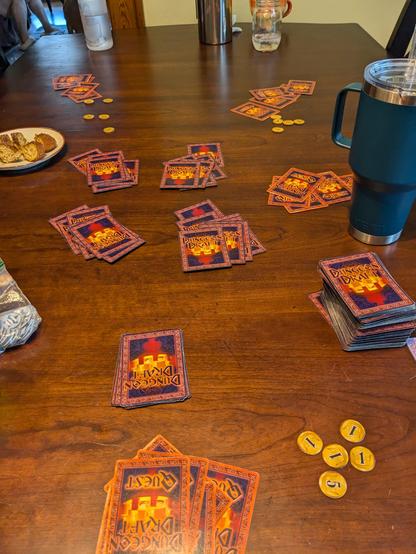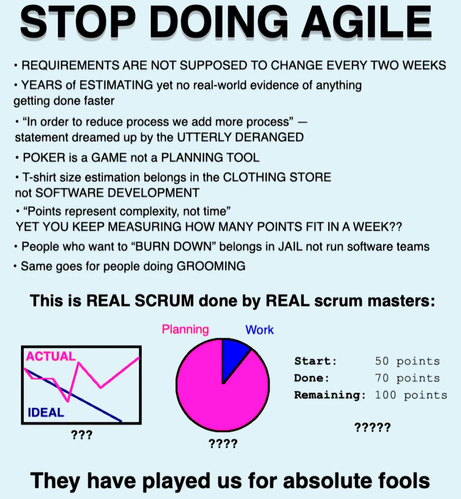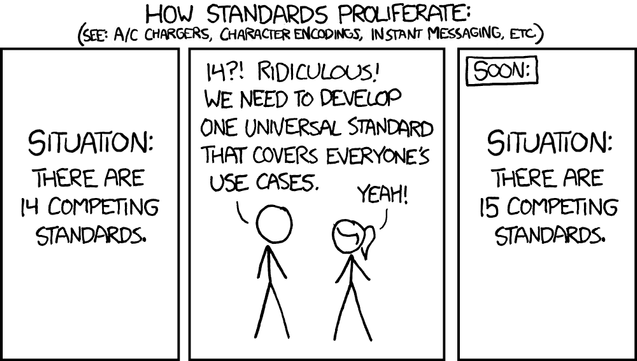@redezem Agreed. I think a proper Scrum process can work, but only if all team members and all management buy in fully, and nobody deviates from it in any way.
In other words, "proper" Scrum actually must be followed religiously. If you change any part of it, anything at all, it will all fall over and you'll end up with exactly what you have in the image: started with 50 points, completed 70 points, remaining 100 points. And nobody ever agrees on what a "point" even IS. No matter how good you get at Planning Poker, my idea of what constitutes 3 points is never going to agree with your idea of what constitutes 3 points. It's just way too abstract.
With Kanban, there are no points. It's a case of "just keep moving forward". There aren't any hard deadlines for individual cards either (at least in our implementation). There are loose-ish deadlines for epics, but those tend to be measured in weeks or months instead of days, and we have an amazing product owner who stays on top of everything and makes sure that the next highest priority ticket is always at the top.
We do planning on individual epics and cards, as and when we need them (no more 8 hour planning sessions), but we DID keep the concepts of a fortnightly demo, followed by a retro (they're just not called "Sprint" demos and retros anymore because we no longer do sprints, and if we miss a demo or need to move it back or forward a day for whatever reason, no stress because there's no burndown chart or cadence to measure. In Scrum, it used to be an unmitigated DISASTER if we had to postpone a demo. :P
We also kept daily standups, because it's good to get a feel for what everyone's busy with.








